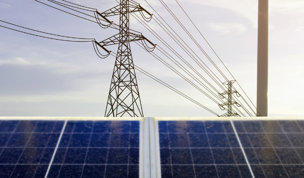-
EXHIBITION
EXHIBITION
Showcase your innovations, elevate your brand, and engage with a global audience - exhibit, visit and sponsor World Utilities Congress to be at the heart of the global utilities transformation.
-
CONFERENCES
CONFERENCES
Join policymakers, business leaders, and innovators to drive real progress, forge partnerships, and shape the future of power and water utilities.
-
FEATURES
FEATURES
On the exhibition floor, World Utilities Congress provides a dynamic range of opportunities to connect, collaborate, and be inspired.
-
NETWORKING
NETWORKING
Go beyond the conference theatres and exhibition floor, World Utilities Congress offers exclusive opportunities to build meaningful connections and forge lasting partnerships across the global utilities community.
-
MEDIA
MEDIA
Discover a comprehensive collection of insights, official announcements, valuable resources, and high-quality images from the World Utilities Congress.
-
TRAVEL
TRAVEL
Prepare for your visit to the World Utilities Congress with essential information designed to help you plan your trip and arrive at the venue seamlessly.














